March 10: Caixa Forum
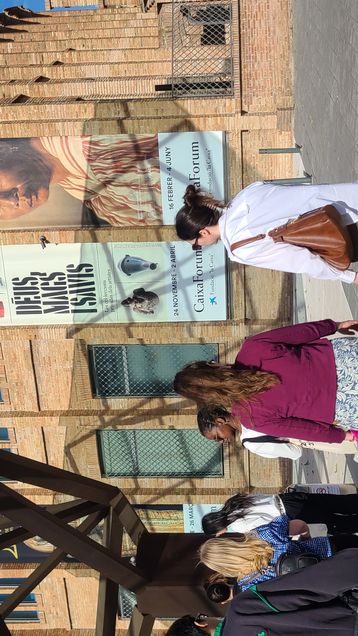
For the ancient Egyptians, mummification was a highly sacred, ritualistic process. They held great respect for their dead and sought to preserve them in body and soul so they may move on to their next journey, prepared with everything they need. Today, we’ve become enthralled with the idea of holding onto history and creating museums as institutional mummies to preserve the soul and material culture of generations past. In that, we have created rituals of our own — stealing, desecrating, and in general sucking out the human essence of historical conservation, leaving behind a husk that reeks of commercialism and disrespect. Don’t get me completely wrong, of course. I love old things and it often makes me positively giddy to look history in the face and reach across time to spiritually and psychologically connect with humans who could never imagine my existence, and vice versa. Still, this enthusiasm does not and should not overshadow our dignity and responsibility to each other as humans. The mummified human beings at Caixa Forum did not ask to be put on display. They did not ask to be excavated from their place of rest, flown across seas to foreign lands, and stuffed in a glass box for our delectation and delight. They never expected their unidentified skeletal remains, still tattered with human flesh, to be twirled around on digital screens like puppets. When people carefully buried their dead and prayerfully imagined their peaceful transition into the afterlife, I can’t imagine that this is what they had in mind.
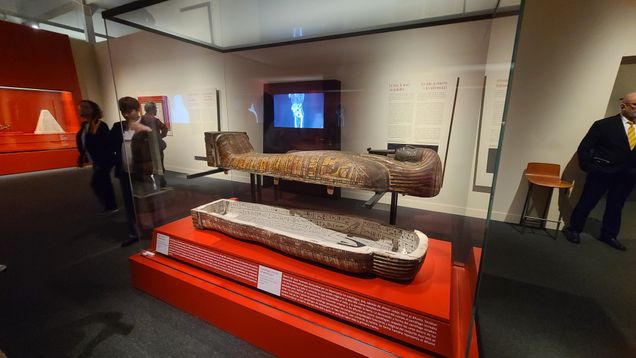
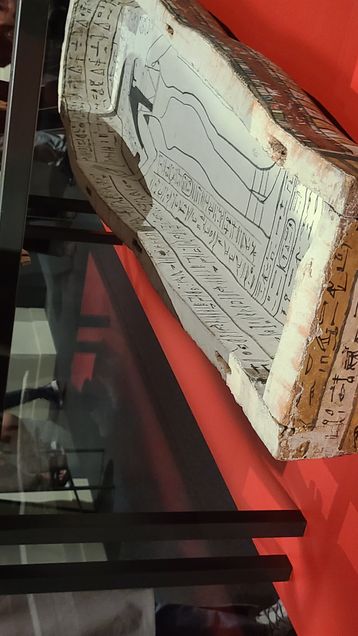
According to our tour guide, Alba, the ancient Egyptians did not view time as a linear concept. Instead, they believed that all living things had a natural equilibrium between their present moment and the origins of the universe. This is a fascinating concept in and of itself, but it can also shed some light on why it’s so easy for us to commodify these ancient humans. A linear perception of time generates an almost insurmountable psychological distance between human civilizations that are millennia apart. Is our linear concept of time infringing upon our humanity? Maybe so.
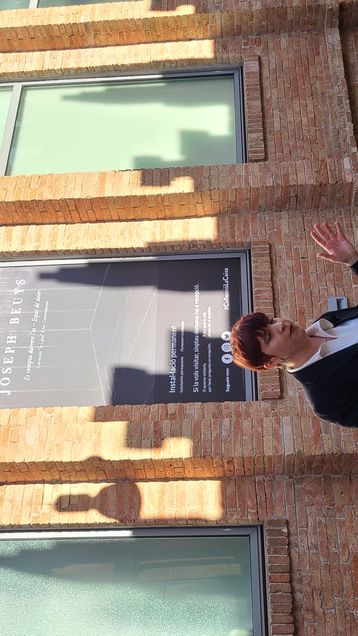
The Ancient Egyptians have a goddess called Hathor who is often depicted with a glassy mirror to represent self-reflection and growth, especially on the road to the afterlife. Perhaps, instead of turning their physical institutions into calcified mummies of soulless material culture, museums like Caixa Forum should turn Hathor’s mirror on themselves and evaluate the legacy they want to have on future generations.
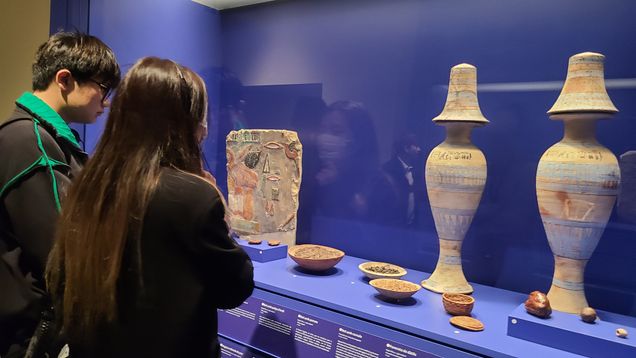
Author: Charlene Browne